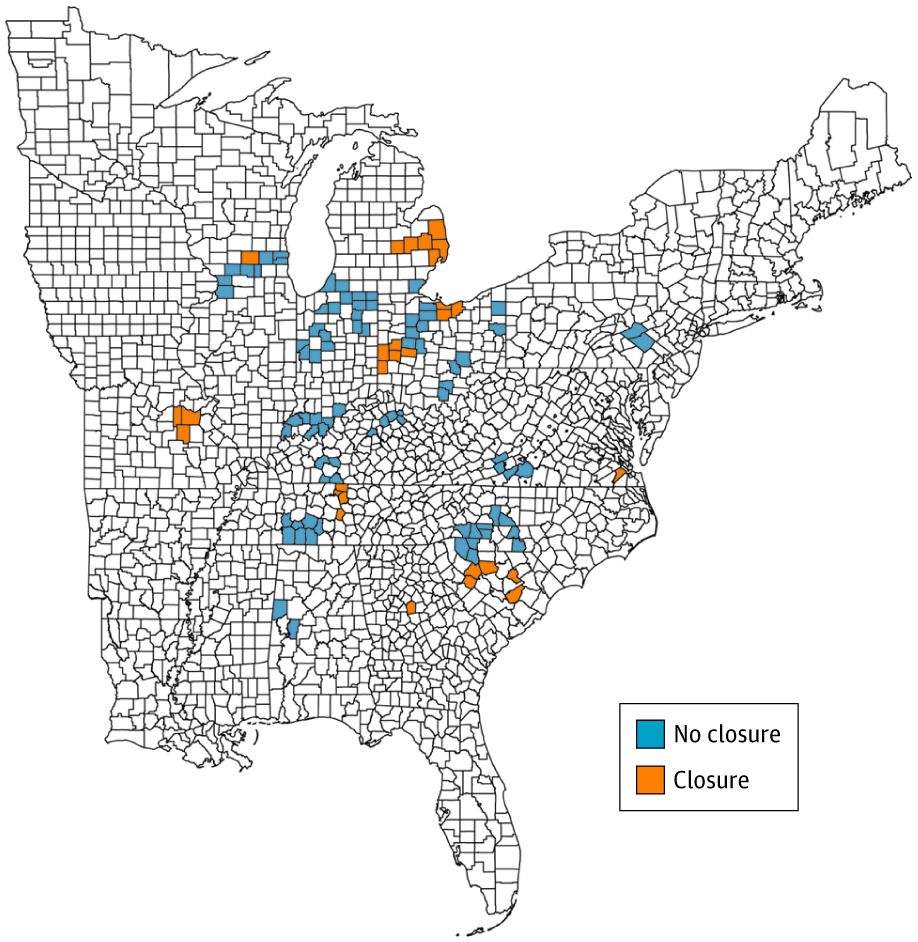Study Finds Harmful Effects of Chronic Pain Persist Throughout Life
/By Pat Anson, PNN Editor
If you have chronic pain in middle age, chances are you will continue to have pain and poor overall health as you enter your senior years, according to a large new study in the UK that found pain has wide-ranging effects throughout life. Pain sufferers are significantly more likely to be unhappy, depressed and unemployed as they grow older.
Researchers followed the health data and survey responses of over 12,000 people who were born in England, Scotland and Wales in March 1958. The study began in 2003, when most of the respondents were age 44, and continued until they turned 62 in 2021
The research findings, published in PLOS ONE, show that pain can persist for decades and may even be passed from one generation to the next.
“Tracking a birth cohort across their life-course we find chronic pain is highly persistent. It is associated with poor mental health outcomes later in life including depression, as well as leading to poorer general health and joblessness. We hope the study highlights the need for academics and policy makers to focus more attention on the problems of chronic pain,” wrote lead author Alex Bryson, PhD, a Research Fellow at University College London.
Bryson and his colleagues found that two-fifths of respondents reported suffering from chronic pain in their 40’s. Of those, 84% still reported “very severe” pain at age 50. Having chronic pain at 44 was also associated with poor mental health, lower life satisfaction, pessimism about the future, poor sleep and joblessness at age 55.
In the last year of their study, researchers found that having pain at midlife also raises the risk of a covid infection at age 62, a finding that supports previous studies showing that people in poor health are more susceptible to Covid-19.
The study pinpointed several factors that predict pain at a later age, including a father’s social and economic status. Respondents whose fathers were professionals, managers or administrators when they were born were significantly less likely to report chronic pain 44 years later.
The UK study reached many of the same conclusions as U.S. researchers, who have found that less-educated, working class Americans have higher rates of pain, social isolation, drug abuse, disability and suicide than those with college degrees. Efforts at treating physical pain, either with opioids or non-opioid therapies, have failed to turn the tide.
“Our evidence on the persistence of pain across the life-course suggests efforts to counter it have not been wholly successful,” said Bryson. “We have shown that it is, in part, passed from one generation to the next, with those from lower social classes suffering most. Pain appears to be another source of inter-generational disadvantage, and one that is potentially as problematic as other aspects of social deprivation.”





